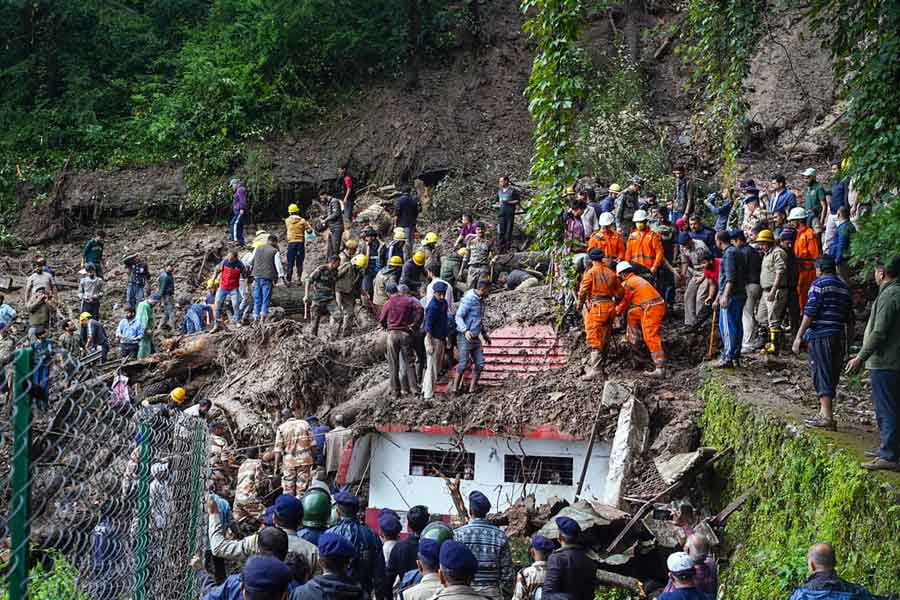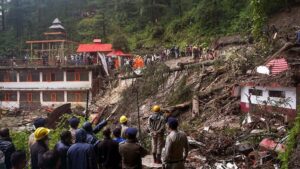
At least 35 people have been killed in Himachal Pradesh due to heavy rains and landslides. In Shimla, at least 16 people lost their lives in landslides caused by heavy rainfall in Himachal Pradesh. Nine bodies were recovered from a collapsed temple, and several houses were buried under mud and slush. The landslides have resulted in the closure of schools and colleges in the state. Rescue operations are ongoing to find and save any trapped individuals. The state has experienced multiple landslides and cloudbursts, with casualties occurring in other districts such as Solan and Mandi.
The calamity has led to the closure of numerous roads in the affected areas. The state capital is experiencing intense rainfall, leading to landslides and flooding in various areas. The death toll is expected to rise as rescue operations continue. Schools and colleges have been closed, and numerous roads are blocked across the state. The National Disaster Response Force, Army, and state police are actively involved in relief and rescue efforts. The Chief Minister and Union Home Minister have expressed their condolences for the lives lost.

landslides are common in India. The country is prone to landslides due to its geographical features, such as the Himalayas, Northeastern hill ranges, Western Ghats, Nilgiris, Eastern Ghats, and Vindhyans. Heavy rainfall, earthquakes, and human activities like excavation and deforestation can trigger landslides in these areas. India is considered one of the top five landslide-prone countries globally, with approximately 12.6% of its land area prone to landslides. The Indian Space Research Organisation (ISRO) has released the Landslide Atlas of India to identify landslide hotspots in the country and aid in planning and predicting landslide risks.
States in India that are prone to landslides include Assam, Arunachal Pradesh, Sikkim, Meghalaya, Mizoram, Nagaland, Uttarakhand, Himachal Pradesh, Jammu and Kashmir, and parts of Kerala. These states have mountainous regions and are susceptible to landslides due to factors such as heavy rainfall, earthquakes, geological structures, land use, and weathering of rocks. The Rudraprayag and Tehri Garwhal districts in Uttarakhand have the highest landslide density in India, while Mizoram, Nagaland, and Arunachal Pradesh reported the highest number of landslides.






[url=http://robaxin.party/]robaxin muscle relaxer[/url]